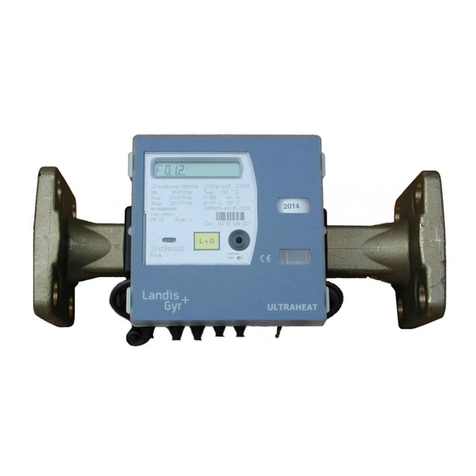Landis+Gyr ULTRAHEAT 50 Series User manual
Other Landis+Gyr Measuring Instrument manuals

Landis+Gyr
Landis+Gyr ULTRAHEAT T230 Assembly instructions

Landis+Gyr
Landis+Gyr E450 User manual

Landis+Gyr
Landis+Gyr Heat Meter Ultrasonic UH50 Quick guide
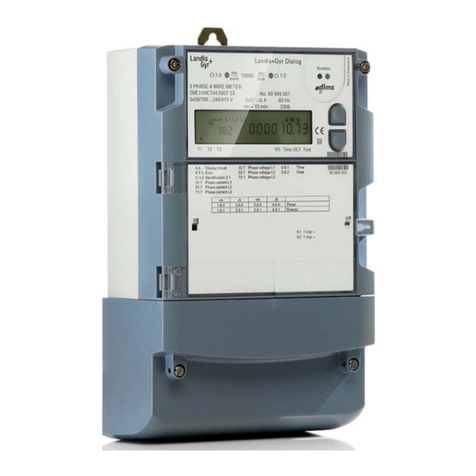
Landis+Gyr
Landis+Gyr E650 Series User manual

Landis+Gyr
Landis+Gyr T450 User manual

Landis+Gyr
Landis+Gyr Ultracold T550 Parts list manual

Landis+Gyr
Landis+Gyr ULTRAHEAT T230 User manual

Landis+Gyr
Landis+Gyr T450 User manual

Landis+Gyr
Landis+Gyr Ultracold T550 User manual

Landis+Gyr
Landis+Gyr E470 Series User manual

Landis+Gyr
Landis+Gyr ULTRAHEAT T350 Series User manual

Landis+Gyr
Landis+Gyr FOCUS kWh User manual

Landis+Gyr
Landis+Gyr E230 User manual
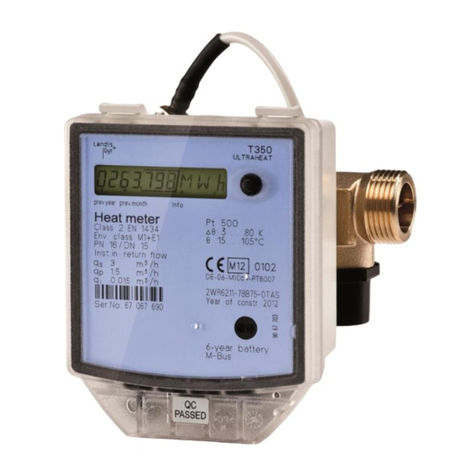
Landis+Gyr
Landis+Gyr ULTRAHEAT T350 Series User manual
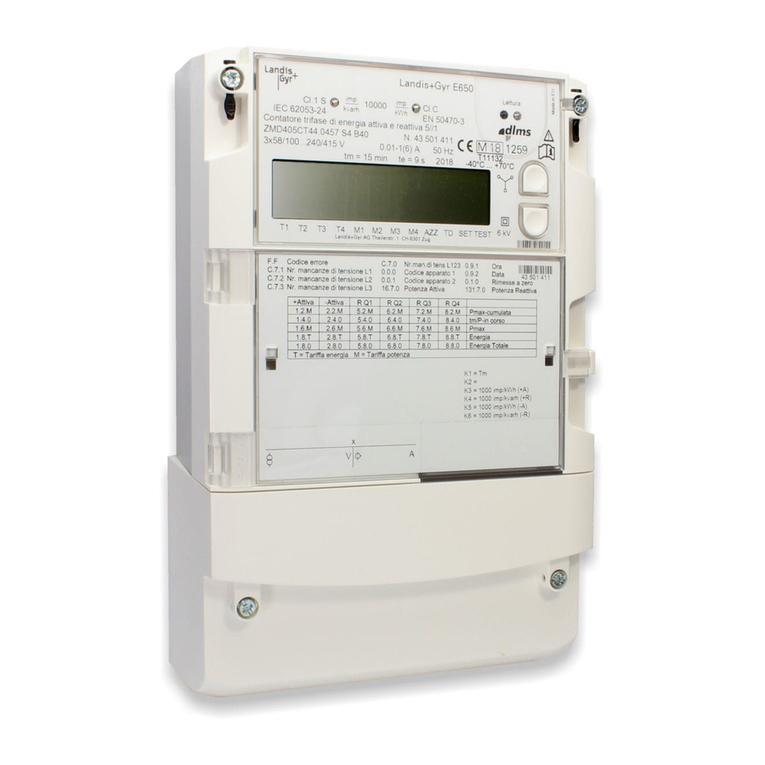
Landis+Gyr
Landis+Gyr E650 Series 4 User manual
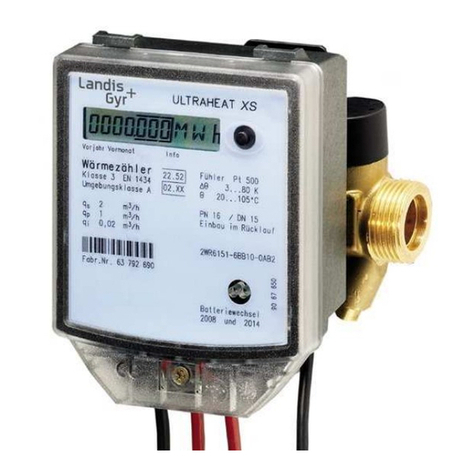
Landis+Gyr
Landis+Gyr ULTRAHEAT XS User manual
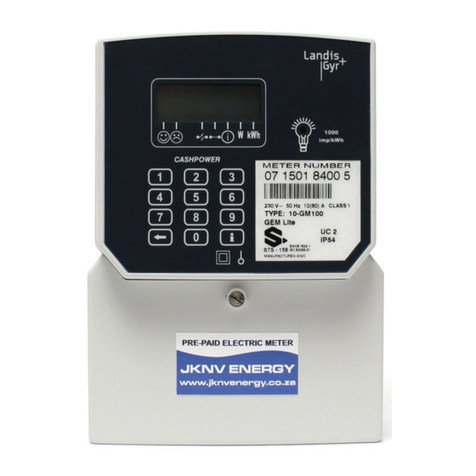
Landis+Gyr
Landis+Gyr Cashpower Gem Lite User manual

Landis+Gyr
Landis+Gyr ZMQ202 User manual

Landis+Gyr
Landis+Gyr 750 Guide
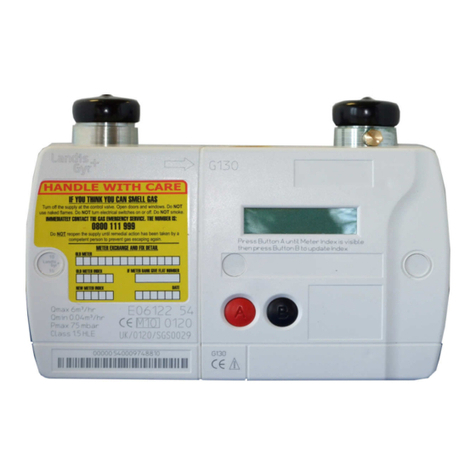
Landis+Gyr
Landis+Gyr G130 User manual
Popular Measuring Instrument manuals by other brands

Powerfix Profi
Powerfix Profi 278296 Operation and safety notes

Test Equipment Depot
Test Equipment Depot GVT-427B user manual

Fieldpiece
Fieldpiece ACH Operator's manual

FLYSURFER
FLYSURFER VIRON3 user manual

GMW
GMW TG uni 1 operating manual

Downeaster
Downeaster Wind & Weather Medallion Series instruction manual

Hanna Instruments
Hanna Instruments HI96725C instruction manual

Nokeval
Nokeval KMR260 quick guide

HOKUYO AUTOMATIC
HOKUYO AUTOMATIC UBG-05LN instruction manual

Fluke
Fluke 96000 Series Operator's manual

Test Products International
Test Products International SP565 user manual

General Sleep
General Sleep Zmachine Insight+ DT-200 Service manual
